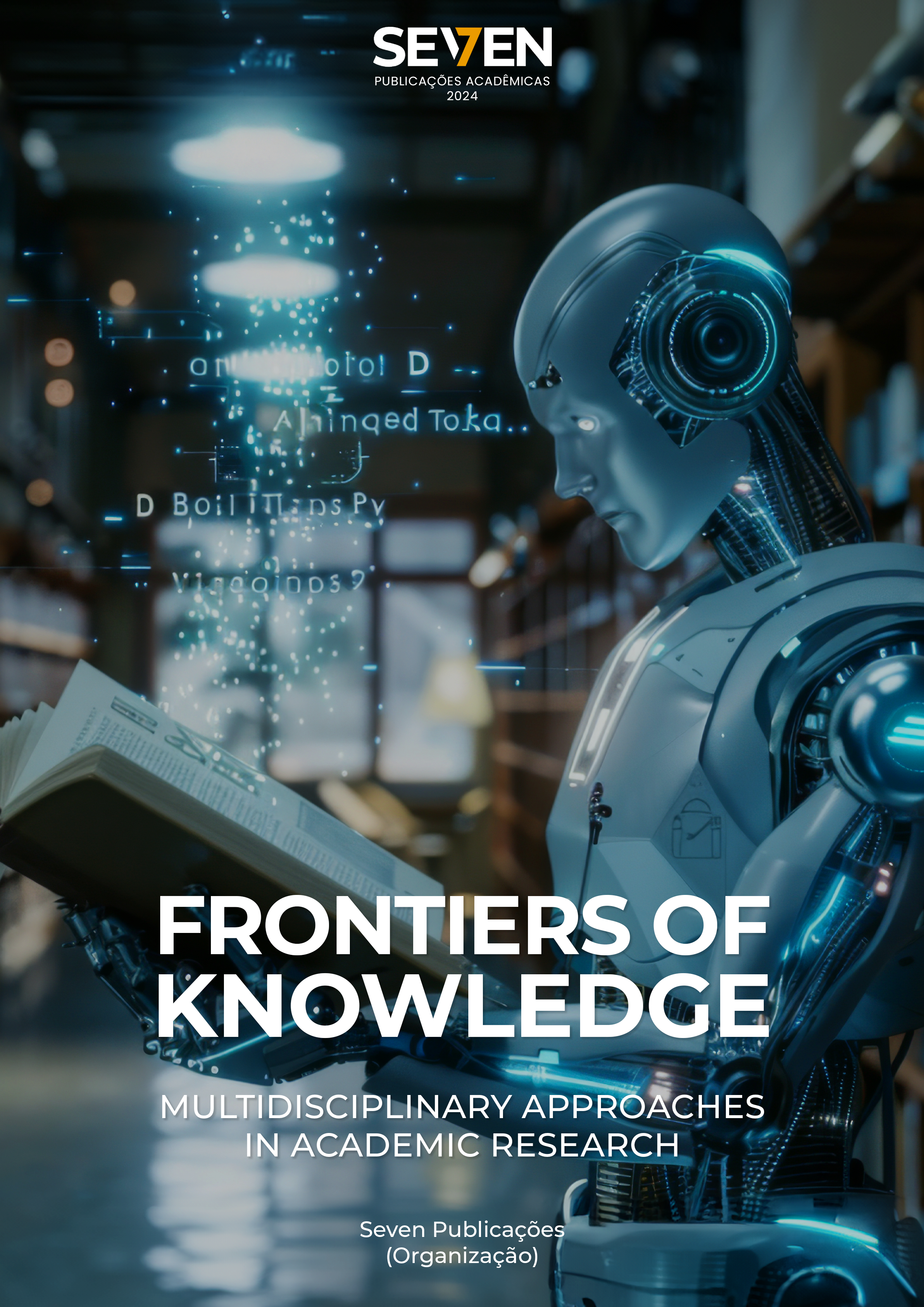Uso de tecnologias assistivas como ferramenta para comunicação no atendimento odontológico de crianças com TEA: Revisão integrativa da literatura
Palavras-chave:
Autism spectrum disorder, Pediatric dentistry, Assistive technology, Social inclusion, People with disabilitiesResumo
O Transtorno do Espectro Autista (TEA) é um conjunto de desordens do neurodesenvolvimento, identificadas a partir de déficits na comunicação e na interação social, assim como, nos padrões restritos e repetitivos comportamentais. O manejo odontológico do TEA requer uma individualização e uma compreensão profunda do perfil comportamental da criança, no qual faz uso de várias técnicas de manejo específico da odontopediatria. A inexistência de utensílios e recursos, para atendimento específico desses pacientes é um problema. O presente estudo teve como objetivo realizar uma revisão narrativa da literatura, no que se refere às tecnologias assistivas (TAs) como ferramenta para a comunicação entre cirurgião-dentista e paciente. Foram utilizadas buscas através das bases de dados Biblioteca Virtual da Saúde- BVS PubMed, SciElo, Lilacs e BVS, utilizando os seguintes descritores: “Transtorno do Espectro Autista” “Odontopediatria”, “Acessibilidade Comunicacional” e “Tecnologia odontológica” e seus correspondentes em inglês e espanhol, dentro do período dos últimos 5 anos. Adicionalmente, foi consultado o Guia de Atenção a Saúde bucal da pessoa com deficiência, do Ministério da saúde, de 2019. A TA inclui desde um dispositivo simples e de baixa tecnologia, como uma lupa, até um dispositivo complexo de alta tecnologia, como um sistema de comunicação computadorizado. O sistema PEC’s, Sistema de Comunicação por Troca de Figuras (Picture Exchange Communication System) configura- se, como uma ferramenta promissora e de grande utilidade, para a comunicação do profissional e seu paciente, sobretudo os não-verbais. Há ainda, tecnologias de alta complexidade, como por exemplo, os aplicativos facilitadores da comunicação. As TAs surgem como facilitadores de comunicação para pessoas com deficiência ou que possuem limitações em sua comunicação com o objetivo de aumentar a independência, melhorando interação e comunicação ao usar no atendimento de pacientes com TEA. Embora necessite de mais estudos nesta área, as tecnologias assistivas são recursos que auxiliam no conforto e comunicação do paciente e que se bem trabalhados pelo cirurgião-dentista podem oferecer um tratamento bem sucedido.
Downloads
Publicado
Edição
Seção
Licença
Copyright (c) 2024 Thaís Marinho Patriota, Andressa Joselma Santiago da Silva, Lívia Thamyris de Souza Silva Vasconcelos, Carlos Eduardo Nunes Ribeiro, Maria Lívia Alves Nogueira, Maria Luiza Lima Rocha, Edilyn Endy Ferreira dos Santos Andrade, Suellen Mariana Vieira Borba, Giovanna de Lima Silva, Tallita Silva de Assunção, Geysiane de Andrade Bernardino, Rafaela Brito Vasconcelos

Este trabalho está licenciado sob uma licença Creative Commons Attribution-NonCommercial 4.0 International License.





